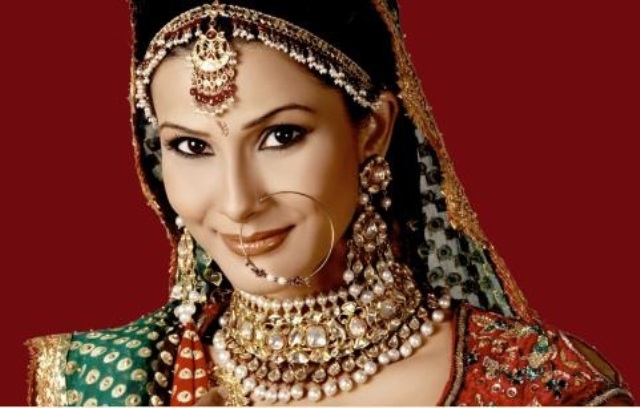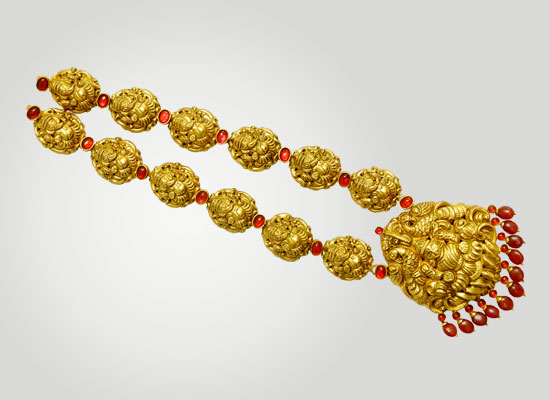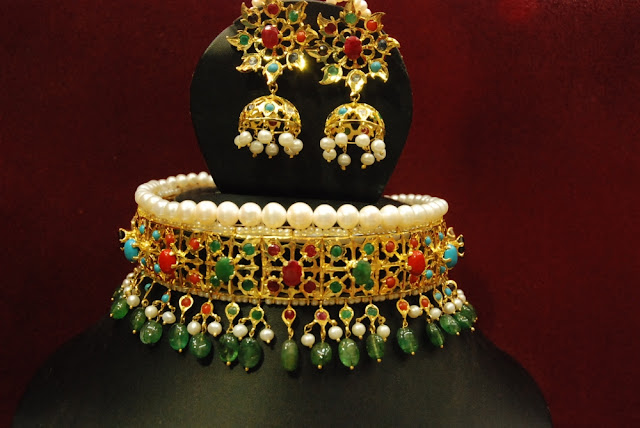Matha Patti jewellery is a beautiful accompaniment headpiece and the latest fashion style trend with the brides today.Depending on your face shape,a well chosen elegant style Matha Patti can turn any bride into a princess.
It is very important to match your Matha Patti not only to your style of wedding dress but more importantly to the proportions of your face as well. The wrong shape of Matha Patti can make your face look too short and full or too long and thin. Also, the wrong style of Matha Patti can create a fashion mismatch and create a look of imbalance in your dress and accessories.Here is a short guide on how to select a Matha Patti Style that compliments your face and features.
To quickly determine your face shape, pull your hair back and with an eyebrow pencil or lip liner, trace the outline of your face on the mirror. Whatever the shape you've drawn on the mirror closely resembles is your face's shape. Now check our guide to see which Matha Patti style would look best on you.
Oval: Oval face is symmetrical and is considered to be the perfect shape.Oval Face Shape is the most versatile and proportionate of all shapes.People with well-balanced oval face really can play with different styles.Any style of Matha Patti goes well with this ideal shape.Although these brides are lucky enough to suit most styles of Matha Patti, avoid covering up your lovely symmetrical features with heavy and broad ones.
Oblong: When your face is long and narrow, you need to add width.Consider a broad and elaborate Matha Patti.
Round: If your face is round and full, you need to add length.To lengthen your face length, find a Matha Patti headpiece that is thin and less detailed.Remember to keep away from Pakeezah style side or half Matha Patti as it will stress the roundness of the face.
Square: Rectangular faces have a strong browbone, cheekbones and jaw bone structure.Pakeezah Style half Matha Patti worn by parting the hair on the side will soften the forehead and jaw line. It gives an asymmetric look to the wearer and makes you quite noticeable.
Rectangular: A rectangular face tends to have higher cheekbones and a higher forehead. The face appears to be longer than it is wide.While wearing a Matha Patti,those with rectangular faces should avoid center parting hairstyles as the eye will be taken down the middle of the face where it's longest and this will exaggerate your face length.For rectangular face the goal is to keep the face from appearing longer than it is naturally.Wear the Matha Patti on your forehead to cover it up a bit, as it make the face look more oval.
Heart-Shaped: Also known as “inverted triangle”, super-cute heart-shaped face girls have a wide forehead, a cheek area that is slightly wider than the hairline and then drops into a pointed chin. Braid your hair for a neat sweet, soft, feminine look that opens up your face.A regal style Multi Layer Matha Patti which has more than one layer of side panels is flattering on a heart-shaped face because it opens up the face and features the gorgeous jawline of a heart shaped face.




























































